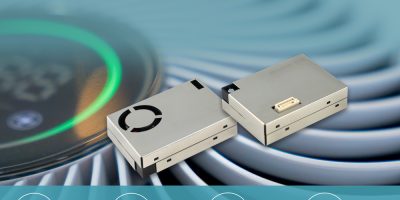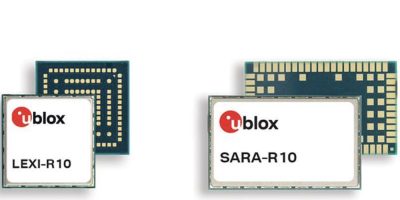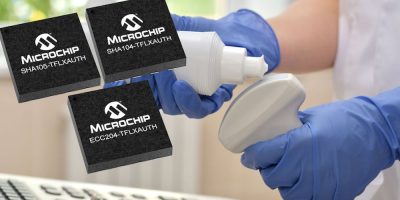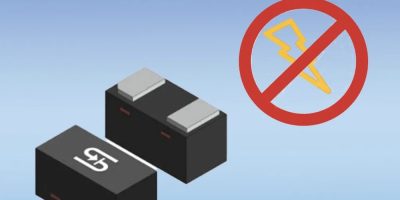Renesas has introduced an advanced all-in-one sensor module designed for indoor air quality monitoring. The RRH62000, the first multi-sensor air quality module from Renesas, integrates multiple sensor parameters in a compact design and accurately detects different particle sizes, volatile organic compounds and gasses harmful to human health. With a Renesas microcontroller (MCU) on board, the module offers an intelligent sensor management solution for a growing market of air monitoring applications, including air purifiers, smoke detectors, HVAC systems, weather stations and smart home systems. Its robust firmware also enables customer products to comply with various air quality standards around the world.
The RRH62000 features one of the smallest footprints in its class of sensor modules, measuring only 46.6 x 34.8 x 12 mm. It packs Renesas’ RA Family MCU and seven sensor signals: the laser-based PM1/ 2.5/ 10 sensor, ZMOD4410 gas sensor, and the HS4003 humidity and temperature sensor. Together, these sensors can detect particulate matter, total volatile organic compounds (TVOC), estimated CO2, temperature and humidity all in one system. All key components have been pre-integrated and fully calibrated at the factory, allowing developers to start their sensor system designs right out of the box.
Public interest in air quality and its effects on health has increased significantly since the COVID-19 pandemic. People are now more aware of how air pollutants can affect respiratory health and overall well-being. Less known is that pollutants are typically six to ten times more concentrated indoors than outdoors. These include dust, paint fumes, smoke from cooking, pollen and particulates from HVAC filters, which can enter the respiratory system and cause lung damage, cancer and other health problems.
In order to meet these new challenges, Renesas’ new sensor module is equipped to monitor a broad range of air quality conditions. Using laser-based technology, which offers higher precision compared to conventional LED methods, it can monitor concentrations of PM1, PM2.5, PM10 particulates — particles with diameters of 0.3- to 10µm — as well as absolute or relative TVOC measurements in different power mode settings, providing the highest level of accuracy for these pollutants. The RRH62000 delivers seven sensor outputs simultaneously, and its on-board MCU allows the system to detect surrounding air quality data in real time.
The RRH62000 combo module comes with building standard firmware plus artificial intelligence (AI) algorithms, which lets engineers configure the sensors to conform to the requirements of various green air quality standards in public buildings, such as The Well Building Standard (WELL), Home Ventilating Institute (HVI) and RESET. With these features, for example, a school in China can use the same hardware as one in the U.S. or other location and simply update the AI-enabled firmware for its needs.
Intelligent sensor devices, such as the Renesas RRH62000 and recently announced RRH46410 gas sensor module, can support demand-controlled ventilation, allowing HVAC systems to adjust air flow based on carbon dioxide levels and occupancy information to maintain optimal air quality and energy efficiency. Similarly, these modules use AI algorithms to predict when HVAC filters must be replaced or detect an anomaly before system failure occurs, significantly saving cost and time for system maintenance.







